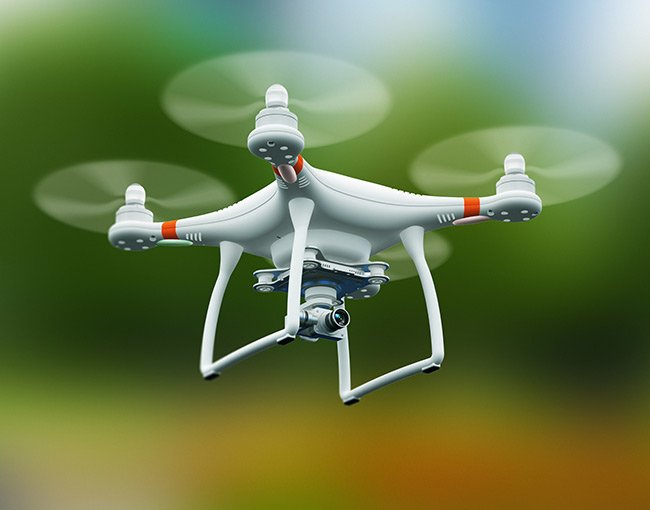Home > Insights > Publications > FAA announces new drone rule requiring visible UAS registration number
On February 13, 2019, the Federal Aviation Administration (FAA), citing imminent security concerns, issued a new rule requiring unmanned aircraft systems (UAS or drones) to display their registration number on the exterior of the aircraft, effective February 25, 2019.
Federal regulations currently require UAS operating in the United States (for recreational, commercial, or other purposes) to be registered with the FAA and marked with a registration number. To provide flexibility to the wide variety of UAS commercially available, the FAA previously permitted drone operators to include the marking in an enclosed compartment, such as a battery compartment, as long as it was readily accessible without the use of tools. This was particularly important for the television and motion picture industry, which did not want markings to show in theatrical and television productions, and for hobbyists who wanted to preserve their drone's aesthetic look.
However, members of the law enforcement and security communities subsequently expressed concerns that the current rule presents an imminent risk of harm to first responders. When responding to a security incident involving a UAS, first responders seek to identify the owner or operator. One way of doing so is by obtaining the UAS registration number.
Law enforcement and security officials advised that requiring first responders to physically handle or disassemble a drone to obtain the registration number poses an unnecessary safety and security risk to those individuals, as well as to others in the area, because of the potential for the UAS to conceal an explosive device in an enclosed compartment. Requiring drone owners to place the registration number on the exterior of the aircraft will mitigate this risk by allowing a first responder to view the number without physically handling the aircraft.
The FAA, citing the imminent security concerns, found good cause under the Administrative Procedures Act (APA) to dispense with ordinary notice and comment and proceed directly to the rulemaking. The APA authorizes such action when an agency finds that ordinary notice and comment procedures are "impracticable, unnecessary, or contrary to the public interest."
Here, the FAA found ordinary notice and comment procedures would be contrary to the public interest because first responders could be exposed to additional risk during this period as a result of the attention drawn to the vulnerability. Accordingly, the FAA determined there is good cause to issue the rule without seeking prior notice and comment.
Although the rule will become effective on February 25, the FAA will accept public comments on the rule until March 15, 2019. The FAA may, at its discretion, amend the rule based on the comments received.
This new rule, though a relatively minor revision, highlights the dynamic and increasingly complex requirements of the UAS industry, as well as the push-pull among different stakeholders the FAA must balance when crafting regulations.
Thompson Coburn's UAS attorneys are available to provide guidance and assistance in several areas, including monitoring the landscape of UAS regulation; assisting users and manufacturers in drafting responses to FAA Notices of Interpretation and/or Notices of Proposed Rulemaking; providing counsel on the FAA authorization and exemption process; drafting and filing FAA exemption requests seeking relief from current FAA certification requirements; preparing Standard Operating Procedures; drafting, reviewing, and/or revising Flight Operations, Safety and Maintenance Manuals; and drafting or reviewing UAS service contracts.
Sean McGowan is the co-chair of Thompson Coburn’s UAS (Drone) Practice Group and a member of the Aviation Practice Group. Tyler Black is an associate in the UAS Practice Group.

